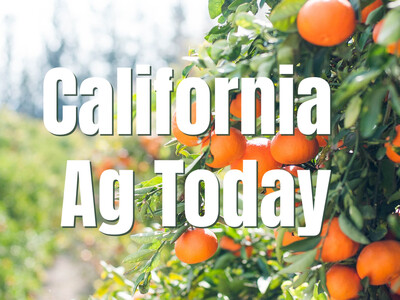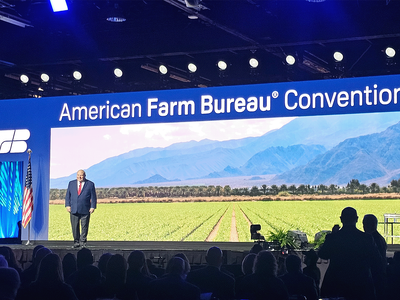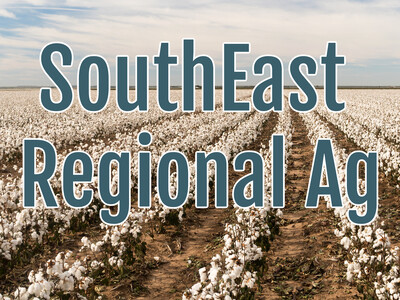Measuring Soil Carbon Sequestration

Tim Hammerich
News Reporter
In hopes of reducing CO2 levels, many believe that agriculture can be the answer to sequestering carbon in the soil. In fact marketplaces are being developed to pay farmers based on how much carbon they sequester. For that to happen though we need accurate ways to measure and track soil carbon. Regrow has a tool to help with this, but chief strategy officer Bill Salas says they need certain data for their model to work.
Salas… “Information on crop growth is critical because the crops are providing the organic matter through root exudates, through root biomass, through residues. And we can monitor a lot of that from space. The other is the disturbance. How do you change the soil environment, which affects the rates of decomposition? So that's tillage management for the most part. And we can actually track a lot of that from space so we can really reduce the transaction costs.”
Salas says the key to making all of this work is to somehow get maps of soil carbon stocks as they stand right now.
Salas… “Even if you have a perfect model that can model exactly soil carbon stock changes - if you have garbage in garbage out. We need good carbon initialization data. And that's where there's sort of innovative technologies to do in-situ carbon measurements that will reduce the costs of soil carbon stock measurement. And I think that is one of the key barriers right now for carbon markets.”
To learn more about soil carbon, checkout their website: www.Regrow.ag.












